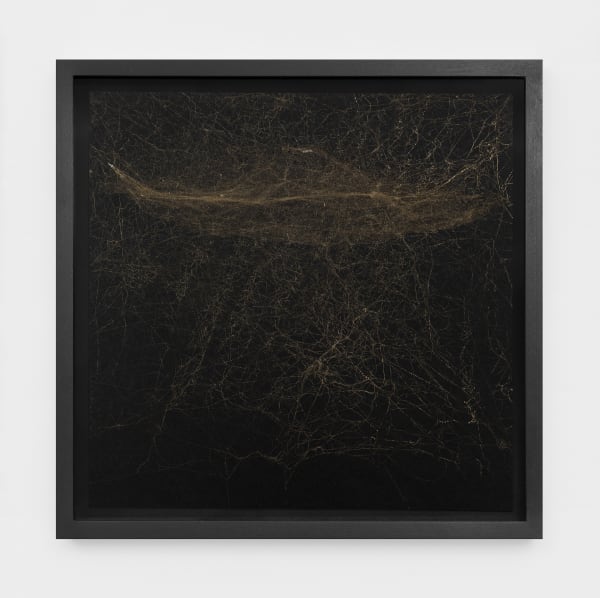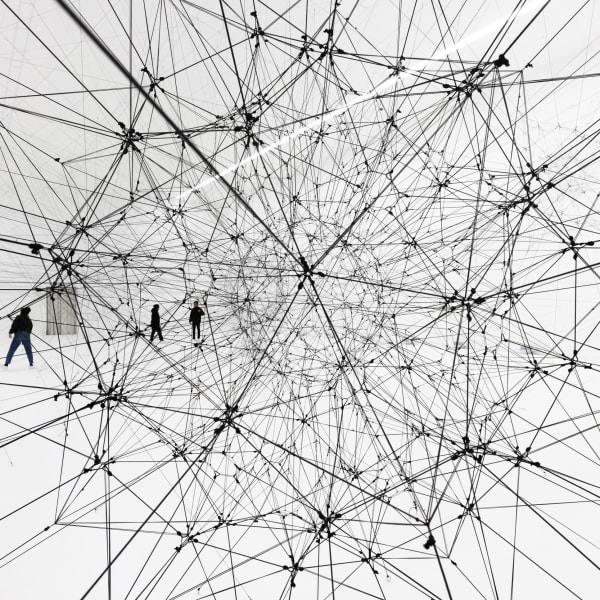-
TOMÁS SARACENO
-
How might we float differently, re-examining freedom of movement whilst preserving earthly cloudscapes across planetary boundaries?
-
“Spiders, we now understand, have given us a model of which the present is a simulacrum, though not just the technocratic, seemingly intangible future-present of life online but also the real-world urgency of environmental relationships and their fragility.”
(David Toop, Filament Drums: the Endless Instrument, in Cosmic Jive: The Spider Sessions, 2014) -
-
-
Born in 1973 in Tucuman, Argentina, Saraceno currently lives and works in Berlin. He studied architecture at Universidad Nacional de Buenos Aires in Argentina from 1992 to 1999 and received postgraduate degrees from Escuela Superior de bellas Ares de la Nación Ernesto de la Carcova, Buenos Aires (2000) and Staatliche Hochschule für Bildende Künste - Städelschule-Frankfurt am Main (2003). In 2009, he attended the International Space Studies Program at NASA Center Ames in Silicon Valley, CA, and was awarded the prestigious Calder Prize later that year.In February 2022, Tomas Saraceno will have a major solo exhibition at The Shed, New York.












